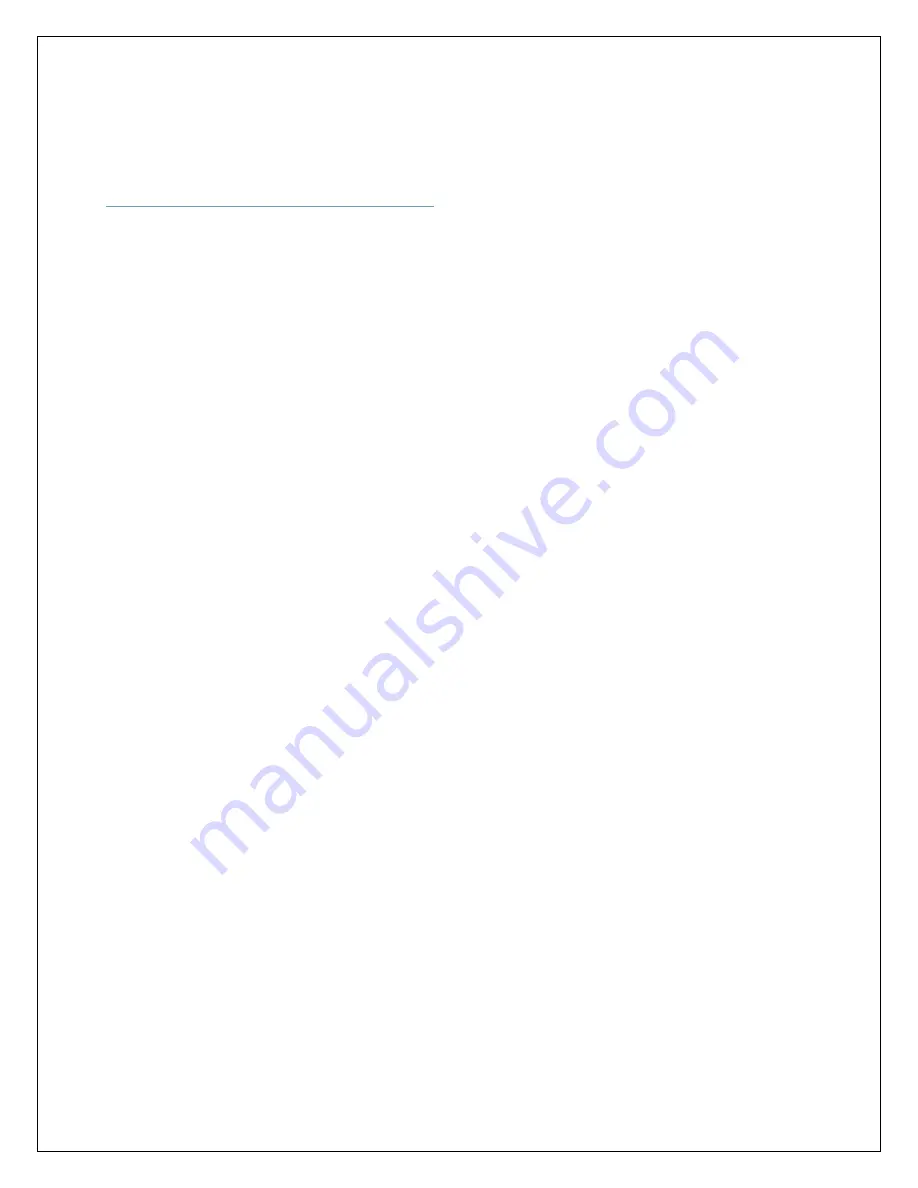
JINECO05 revB 20/06/14
Installation
Instructions
Chimney
The chimney height and the position of the
chimney terminal should conform to Building
Regulations.
Check that the chimney is in good condition,
dry, free from cracks and obstructions.
The diameter of the flue should not be less than
125mm and not more than 230mm.
If any of these requirements are not met, the
chimney should be lined by a suitable method.
If there is no existing chimney then either a
prefabricated block chimney in accordance with
Building Regulations Approved Document J, or a
twin-walled insulated stainless steel flue to BS
EN 1856 can be used. These chimneys must be
fitted in accordance with the manufacturer’s
instructions and Building Regulations.
If the chimney is believed to have previously
served an open fire installation, it is possible
that the higher flue gas temperature from the
stove may loosen deposits that were previously
firmly adhered, with the consequent risk of flue
blockage. It is therefore recommended that the
chimney is swept a second time within a month
of regular use after installation.
If you have any doubts about the suitability of
your
chimney,
consult
your
local
dealer/stockist.
Connection to the Chimney
The chimney must be swept before connection
to the stove.
An existing fireplace opening can be bricked up
or sealed with a register plate.
A short length of flue pipe of minimum 125mm
internal diameter may then be used to connect
the stove to the chimney. This flue pipe should
be made of 316 grade stainless steel or vitreous
enamelled steel, nominal thickness 1.2mm.
Ensure that the pipe end is no closer than
76mm to the chimney walls.
The length of any horizontal run of flue pipe
must not exceed 125mm.
It is essential that all connections between the
stove and chimney-flue are sealed and made
airtight.
Both the chimney and flue pipe must be
accessible for cleaning and if ANY part of the
chimney cannot be reached through the stove
(with baffle removed), a soot door must be
fitted in a suitable position.
Flue Draught
If the draught exceeds the recommended
maximum, a draught stabiliser must be fitted so
that the rate of burning can be controlled and
to prevent over firing.
If the reading is less than the recommended
minimum then the performance of the
appliance will be compromised.
The flue draught should be checked under fire
at high output.
Minimum Draught – 1.2mm Water Gauge
Maximum Draught – 2.5mm Water Gauge
Air Supply
The room or space containing this appliance
should have purpose provided ventilation
(where necessary) in accordance with Building
Regulations.



































